Shi Qin’e:A Nose for Nordic Literature
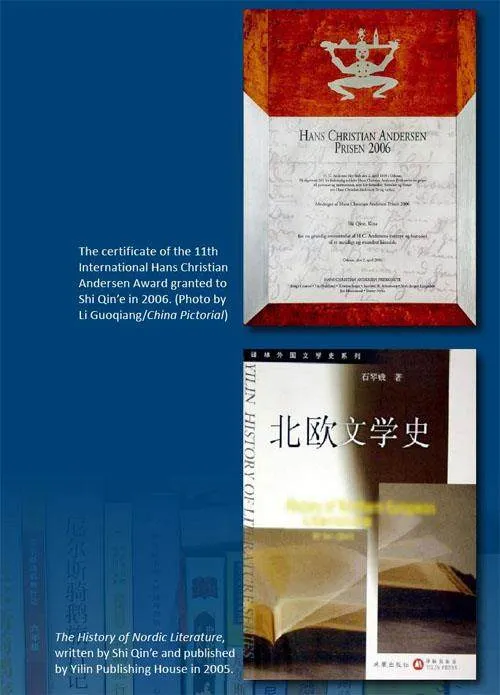
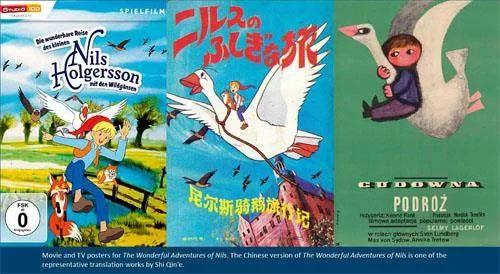
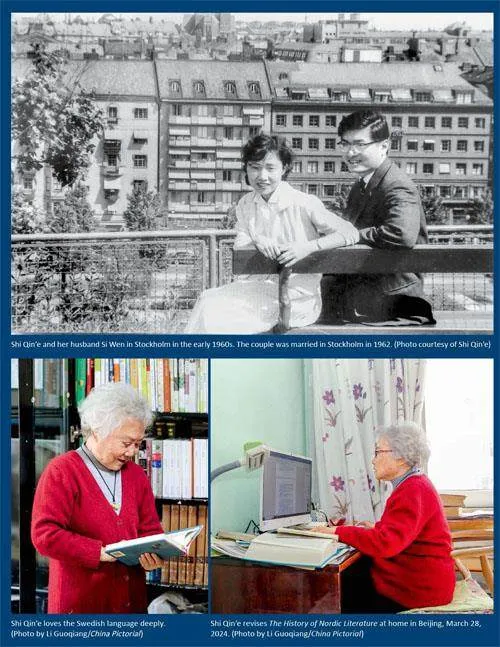
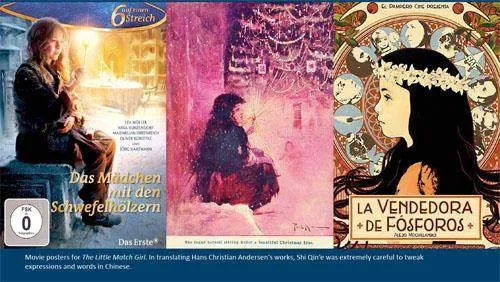
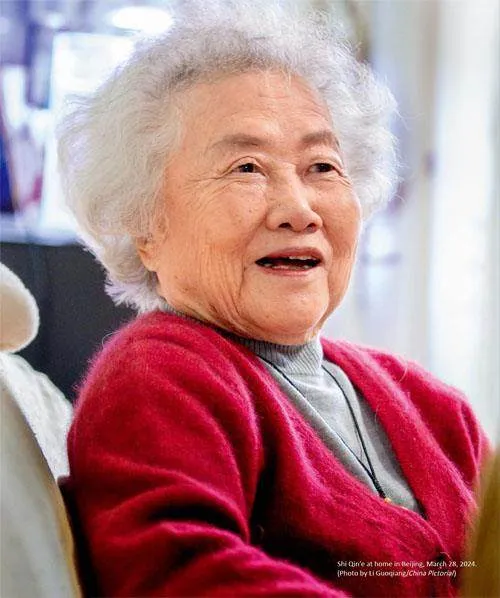
A total of 309,181words spread across246 pages constitutea Word documentnamed “Revised edition of TheHistory of Nordic Literature .”Around nine o’clock in themorning, 88-year-old Shi Qin’esits at her desk, puts on herreading glasses, flips on hercomputer, and begins to editthe document. The soft sunlightgently caresses the face of theseasoned translator, fosteringa sense of tranquility. Onlyshe, a recipient of the 2024Lifetime Achievement Award inTranslation, the highest accoladefrom the Translators Associationof China, truly understandsthe depth of her bond with theSwedish language and the driversthat have pushed her to translateso much Nordic literature.
A Bond with the Swedish Language
Back to the 1950s, the newlyfounded People’s Republicof China, which had alreadyestablished diplomatic relationswith several countries, urgentlyneeded professionals proficientin foreign languages. Aftergraduating from the EnglishDepartment of Beijing ForeignStudies University (BFSU) in1958, Shi was assigned to thetranslation team of China’sMinistry of Foreign Affairs. Thesame year, she was dispatchedto Sweden to join a three-monthSwedish language trainingsession.
After three months of hardwork, she gained certain skillsof the Swedish language and wasthen assigned to the researchoffice of the Chinese Embassyin Sweden. There, she beganto work early in the morning,sorting, translating, and printingthe Swedish newspapers of thatday with her colleagues. Fromtime to time, she served as aninterpreter at the events organizedby the embassy. Through readinglocal newspapers and extensivetranslation practice, Shi graduallyimproved her Swedish languageskills.
During her four-year stay inSweden, Shi worked as hard as shecould. She returned to China in1962 to teach at her alma materBFSU, which further improvedher Swedish proficiency.
Twenty Years of Hard Work
In 1980, Feng Zhi, thendirector of the Institute ofForeign Literature of the ChineseAcademy of Social Sciences, waselected to the Royal SwedishAcademy of Sciences as a foreignmember. Since the institute lackedany researchers specializing inNordic literature back then, Fengasked Shi if she was interested injoining. Shi agreed and joined theinstitute the same year.
With an ambition to achievesomething big, Shi began tosearch major libraries and realizedthat most existing Chinesetranslations of Nordic literaturehad been done by celebratedmodern Chinese writers andscholars such as Lu Xun, MaoDun, and Ye Junjian from the1920s to 1940s, and that theywere not translated directlyfrom Swedish. And she couldhardly find any research oncontemporary Nordic literaturein China, which inspired Shi withthe idea of writing a book on thehistory of Nordic literature.
Feng advised her not to rush.So, Shi started by introducing andtranslating contemporary Swedishwriters. She first translated theworks of a handful of Swedishwriters including Eyvind Johnson(1900-1976). She delivered areport in Swedish titled “AugustStrindberg in China” at the firstInternational Strindberg TheatreFestival in 1981, during whichshe expounded on her researchfindings. The report includedtranslations and reviews ofAugust Strindberg’s works inChina from the early 20th centuryto the 1980s, which attractedconsiderable attention.
Shi also assumed theresponsibility of introducingliterary works from otherNordic countries to Chinesereaders. Thus, she committedherself to learning the Danish,Norwegian, and Finnishlanguages. During her stay inDenmark in 1991 as a visitingscholar, Shi conducted severaldiscussions with Danish writersand participated in activities suchas appraisal meetings for theNordic Council Literature Prize.In 1998, she returned to Chinaafter completing a five-year termwith the Chinese Embassy inIceland. She soon started to learnNorwegian on her own. Thisendeavor lasted eight years.
“The experience living abroadenhanced my understandingof these countries and theirsocial customs, which is highlybeneficial for my literary researchand translation studies,” Shisaid. In 1998, she began towrite the book The History ofNordic Literature , which wasfinally published in 2005. Thebook systematically chronicledthe development of literature inthe five Nordic countries fromthe Middle Ages to the 20thcentury and reviewed works ofrepresentative writers.
The Colorful Northern Lights
Translation of Nordic literaturein China reached a golden agein the 1980s, largely thanks topioneering work by translatorsrepresented by Shi.
Shi’s translation works rangedfrom mythological epics Eddaand Saga and children’s literatureThe Wonderful Adventuresof Nils and Hans ChristianAndersen: The Complete FairyTales and Stories to modern andcontemporary literature. Allof them have enabled Chinesereaders to experience the charmof Nordic literature. “Literaturefrom Nordic countries comes inmany genres, diverse themes, andvaried writing styles,” Shi said.“Just like the northern lights,Nordic literature lights up theworld.”
Shi also recognizes thattranslation greatly promotesexchanges among civilizations.While translating works bySwedish writer Ivar Lo-Johansson(1901-1990), she realized that inthe 1920s and 1930s, Swedishsociety was grappling with issuessuch as migrant workers andurbanization just like China was.She was inspired by this parallel.“The people of Stockholm musthave also been down-to-earth inmaking a complete change to thiscity through consistent reformsand construction,” she wrote inthe epilogue. “Isn’t their spiritworth learning from?”
Currently, Shi is working onrevising The History of NordicLiterature . She plans to add twonew chapters, “Nordic Literaturefrom the 1980s to the Early21st Century” and “The Roleand Characteristics of NordicLiterature in ConstructingChina’s Independent KnowledgeSystem of Foreign Literature,”to explore how Nordic literaturehas navigated a more diversifiedera.

